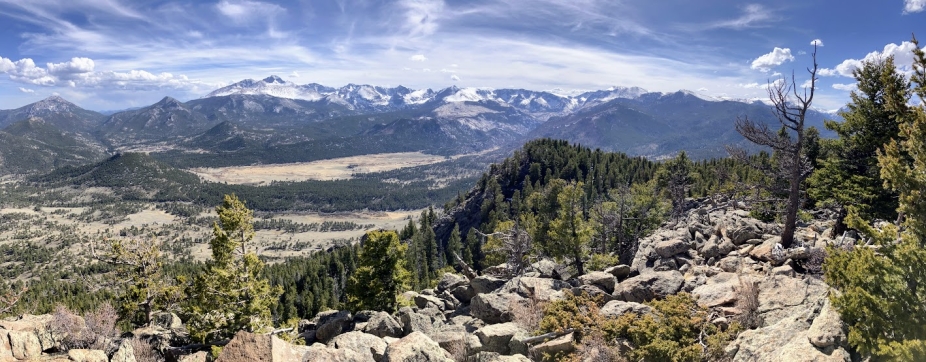CLM Development

The Community Land Model (CLM) is classically used as a tool to integrate terrestrial contributions and responses to weather, climate variability, and climate change. Increasingly, land models are expected to provide insight into climate and weather impacts on societally relevant quantities like water availability, crop and timber yields, wildfire risk, human heat stress, and other ecosystem services (Bonan & Doney, 2018). LMWG development plans stem from needed model requirements to achieve these dual objectives as well as the need to enable the model to be applied to pressing research questions related to:
- Ecosystem vulnerability to global change and feedbacks to global change from the terrestrial carbon cycle;
- Water and food security in context of climate change, climate variability, and extreme weather;
- Identification of sources of weather, climate, and environmental predictability from land processes including those related to landscape heterogeneity;
- Understanding the broad range of impacts of land use and land-use change on climate, carbon, water, and extremes; and
- Ecological prediction and forecasting.